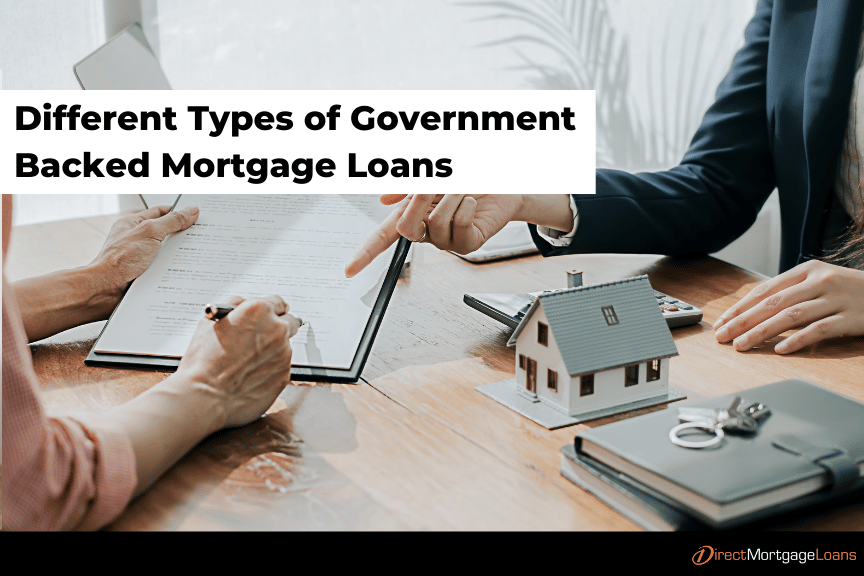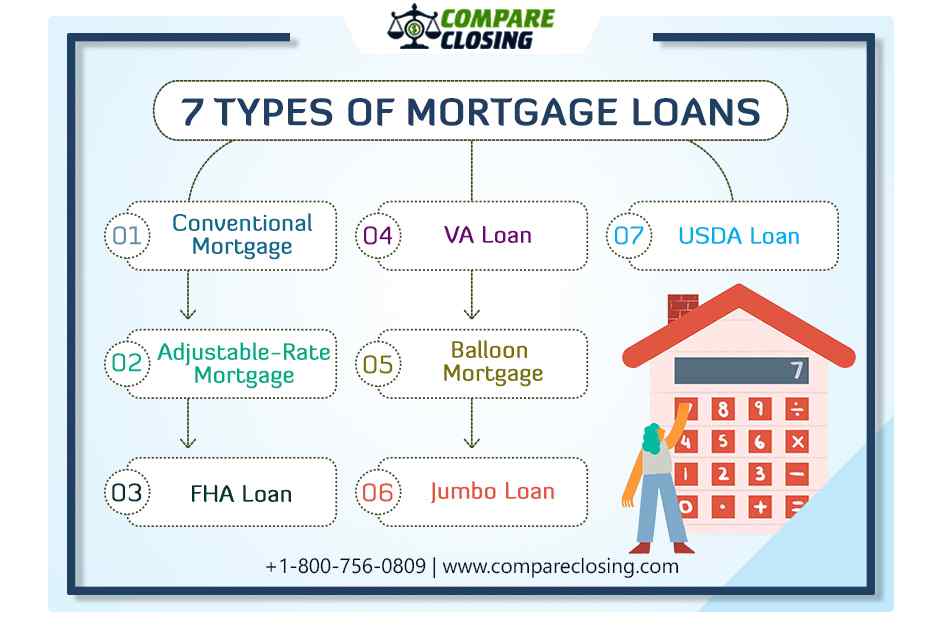Maximize Your Homebuying Potential with Conventional Mortgage Loans
Maximize Your Homebuying Potential with Conventional Mortgage Loans
Blog Article
The Important Variables to Think About When Picking In Between Fixed-Rate and Adjustable-Rate Mortgage Finances
When assessing home loan alternatives, borrowers face an essential choice in between fixed-rate and adjustable-rate finances, each offering prospective risks and distinctive benefits. Trick considerations such as rates of interest stability, predictability in regular monthly repayments, and the ramifications of prospective price modifications can dramatically impact long-term financial health. Furthermore, understanding the anticipated duration of homeownership and the overall cost of loaning can form one's method. As these aspects link with private financial situations and risk tolerance, the implications of this selection might not be as simple as they seem. What nuances should be focused on in this critical decision-making procedure?
Rates Of Interest Stability
When picking a mortgage, comprehending passion rate stability is critical for informed decision-making. Interest rates can considerably influence the overall cost of a home loan, and identifying the nature of these prices is essential for customers.
On the other hand, adjustable-rate home mortgages (ARMs) begin with lower initial rates that may alter regularly based upon market problems. While this can cause reduced settlements initially, it also introduces uncertainty, as customers may deal with boosted repayments if rates of interest increase. For those taking into consideration an ARM, it is essential to assess the likelihood of rate changes, the capacity for repayment boosts, and the length of the preliminary fixed-rate period.
Eventually, the choice between adjustable-rate and fixed-rate home loans depends upon private danger resistance and economic conditions. Recognizing rates of interest stability assists debtors make informed choices that align with their long-lasting financial goals.
Regular Monthly Repayment Predictability
While debtors frequently focus on passion rate security, the predictability of monthly settlements is equally crucial in the home mortgage choice process (Conventional mortgage loans). Month-to-month repayment predictability plays an important role in budgeting and economic planning, as it directly impacts a house owner's capital and general economic health and wellness
Fixed-rate mortgages use a consistent month-to-month repayment throughout the life of the car loan, permitting debtors to anticipate and prepare their expenses effectively. This stability can be specifically helpful for first-time property buyers or those on a set earnings, as it removes the uncertainty related to fluctuating repayments.
Conversely, adjustable-rate home loans (ARMs) typically include reduced initial repayments that can change in time, bring about potential irregularity in month-to-month obligations. While initially attractive, this changability can make complex economic planning, specifically if customers do not make up future price modifications.
Possible Price Changes
In the realm of variable-rate mortgages (ARMs), prospective price adjustments stand for a significant element that consumers must thoroughly take into consideration. Unlike fixed-rate home mortgages, where the rates of interest stays the same for the life of the loan, ARMs are characterized by changing interest rates that are connected to market indices. This variability can result in considerable modifications in month-to-month settlements, influencing the debtor's financial planning and budgeting.
Debtors should be conscious of the margin and index used to determine these adjustments, as they straight influence future rate of interest prices. Additionally, ARMs usually consist of caps that restrict just how much the interest price can increase at each change and over the life of the financing, which can supply some level of security against extreme price walkings.
Understanding these possible changes is critical for customers, as they straight affect lasting payment commitments. For that reason, assessing personal economic circumstances and take the chance of tolerance is necessary when choosing whether an ARM lines up with one's financial objectives.
Lending Term Factors To Consider
Finance term considerations play an essential role in the decision-making process for borrowers choosing between fixed-rate and adjustable-rate mortgages. The size of the loan term considerably impacts monthly payments, passion prices, and general financial planning.

Ultimately, borrowers have to examine their personal circumstances, economic goals, news and market conditions when considering the ramifications of car loan term choices within each home mortgage type.

General Cost of Loaning
The overall price of borrowing is a critical element that can substantially affect a borrower's selection between adjustable-rate and fixed-rate mortgages. Fixed-rate home mortgages offer foreseeable monthly repayments, as the rates of interest stays constant throughout the finance term. This predictability can lead to lower total costs, particularly in a secure or declining rates of interest environment. Debtors can company website budget properly, knowing their repayments will certainly not vary.
Alternatively, variable-rate mortgages (ARMs) normally begin with reduced first prices, resulting in lowered upfront prices. These rates can boost after a preliminary period, leading to potentially higher long-term costs. Customers should consider the frequency and extent of rate adjustments, as well as the total lending duration, to accurately assess the financial implications.
Furthermore, the general expense of loaning includes not only rate of interest yet likewise fees and other linked expenses, such as closing costs and insurance (Conventional mortgage loans). Therefore, when reviewing home mortgage choices, customers should perform a thorough price analysis over the life of Conventional mortgage loans the funding. By doing so, they can make an educated decision that straightens with their monetary objectives and run the risk of resistance
Final Thought
Passion price stability and monthly repayment predictability are vital for reliable budgeting, while the possibility for rate changes in ARMs introduces monetary unpredictability. In addition, the awaited duration of homeownership and the overall cost of loaning, consisting of passion prices and linked costs, must align with individual financial situations and run the risk of tolerance.
Secret considerations such as rate of interest rate stability, predictability in regular monthly repayments, and the ramifications of prospective rate adjustments can considerably affect long-term financial health. Interest prices can dramatically influence the total expense of a home loan, and acknowledging the nature of these rates is important for borrowers. Unlike fixed-rate mortgages, where the passion price stays the same for the life of the financing, ARMs are identified by rising and fall rate of interest rates that are tied to market indices. Additionally, ARMs often consist of caps that restrict exactly how much the passion price can boost at each change and over the life of the funding, which can offer some degree of protection against radical price walks.
Interest price security and month-to-month repayment predictability are vital for effective budgeting, while the possibility for rate adjustments in ARMs introduces financial unpredictability.
Report this page